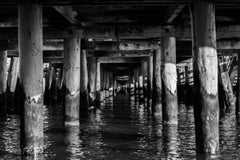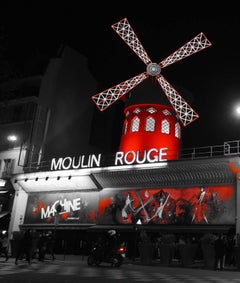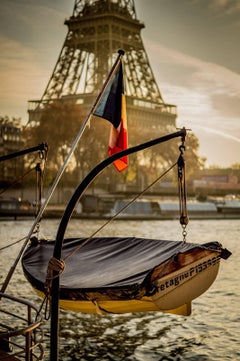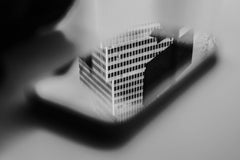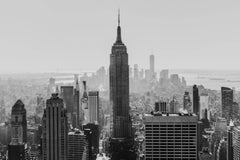Art by Medium: Digital Pigment
2010s Contemporary Art by Medium: Digital Pigment
Digital Pigment
2010s Contemporary Art by Medium: Digital Pigment
Digital Pigment
2010s Contemporary Art by Medium: Digital Pigment
Digital Pigment
2010s Contemporary Art by Medium: Digital Pigment
Digital Pigment
2010s Other Art Style Art by Medium: Digital Pigment
Digital Pigment
2010s Modern Art by Medium: Digital Pigment
Digital Pigment
2010s Contemporary Art by Medium: Digital Pigment
Digital Pigment
2010s Contemporary Art by Medium: Digital Pigment
Digital Pigment
21st Century and Contemporary Contemporary Art by Medium: Digital Pigment
Digital Pigment
Late 20th Century Art by Medium: Digital Pigment
Digital Pigment
2010s Art by Medium: Digital Pigment
Other Medium, Digital Pigment
2010s Art by Medium: Digital Pigment
Digital Pigment
20th Century Art by Medium: Digital Pigment
Digital Pigment
20th Century Art by Medium: Digital Pigment
Digital Pigment
Early 2000s Contemporary Art by Medium: Digital Pigment
Digital Pigment
2010s Contemporary Art by Medium: Digital Pigment
Digital Pigment
2010s Contemporary Art by Medium: Digital Pigment
Digital Pigment
2010s Contemporary Art by Medium: Digital Pigment
Digital Pigment
2010s Contemporary Art by Medium: Digital Pigment
Digital Pigment
2010s Contemporary Art by Medium: Digital Pigment
Digital Pigment
21st Century and Contemporary Contemporary Art by Medium: Digital Pigment
Digital Pigment
2010s Contemporary Art by Medium: Digital Pigment
Digital Pigment
2010s Contemporary Art by Medium: Digital Pigment
Digital Pigment
2010s Contemporary Art by Medium: Digital Pigment
Digital Pigment
2010s Contemporary Art by Medium: Digital Pigment
Digital Pigment
2010s Contemporary Art by Medium: Digital Pigment
Digital Pigment
Early 2000s Art by Medium: Digital Pigment
Archival Pigment, Digital Pigment
1990s Art by Medium: Digital Pigment
Archival Pigment, Digital Pigment
2010s Contemporary Art by Medium: Digital Pigment
Digital Pigment
2010s Contemporary Art by Medium: Digital Pigment
Digital Pigment
20th Century Art by Medium: Digital Pigment
Digital Pigment
20th Century Art by Medium: Digital Pigment
Digital Pigment
20th Century Art by Medium: Digital Pigment
Digital Pigment
20th Century Art by Medium: Digital Pigment
Digital Pigment
20th Century Art by Medium: Digital Pigment
Digital Pigment
21st Century and Contemporary Art by Medium: Digital Pigment
Archival Pigment, Digital Pigment
21st Century and Contemporary Art by Medium: Digital Pigment
Digital Pigment
21st Century and Contemporary Art by Medium: Digital Pigment
Digital Pigment
21st Century and Contemporary Art by Medium: Digital Pigment
Digital Pigment
21st Century and Contemporary Art by Medium: Digital Pigment
Digital Pigment
21st Century and Contemporary Art by Medium: Digital Pigment
Digital Pigment
21st Century and Contemporary Art by Medium: Digital Pigment
Digital Pigment
21st Century and Contemporary Art by Medium: Digital Pigment
Digital Pigment
21st Century and Contemporary Art by Medium: Digital Pigment
Digital Pigment
21st Century and Contemporary Art by Medium: Digital Pigment
Digital Pigment
21st Century and Contemporary Art by Medium: Digital Pigment
Digital Pigment
21st Century and Contemporary Art by Medium: Digital Pigment
Digital Pigment
1990s Pop Art Art by Medium: Digital Pigment
Canvas, Digital Pigment
1990s Pop Art Art by Medium: Digital Pigment
Canvas, Digital Pigment
21st Century and Contemporary Art by Medium: Digital Pigment
Digital Pigment
21st Century and Contemporary Art by Medium: Digital Pigment
Digital Pigment
21st Century and Contemporary Art by Medium: Digital Pigment
Digital Pigment
21st Century and Contemporary Art by Medium: Digital Pigment
Digital Pigment
21st Century and Contemporary Art by Medium: Digital Pigment
Digital Pigment
21st Century and Contemporary Art by Medium: Digital Pigment
Digital Pigment
21st Century and Contemporary Art by Medium: Digital Pigment
Digital Pigment
21st Century and Contemporary Art by Medium: Digital Pigment
Digital Pigment
21st Century and Contemporary Art by Medium: Digital Pigment
Digital Pigment
21st Century and Contemporary Art by Medium: Digital Pigment
Digital Pigment
21st Century and Contemporary Art by Medium: Digital Pigment
Digital Pigment

